Writing Teaching Resources
Teaching writing strategies and the writing process this school year? Explore a comprehensive collection of teacher resources for elementary and middle school ELA teachers — all created by teachers!
Stocked with graphic organizers, writing prompts, templates, worksheets and so much more, this collection of printable and digital activities is designed to help you as you help your students become more effective communicators and unleash their creativity and imagination.
Save time on lesson planning with resources that have been through a careful review process by an expert member of our teacher team to ensure they're ready for your classroom and your students!
Are you looking for tips and tricks to add to your teacher toolkit this school year? Read on for a primer from our teacher team, including engaging activities for teaching writing in elementary and middle school and a look at some of the different writing strategies your students will need to learn.
11 Writing Strategies Kids Should Know by the End of Middle School
We can't talk about teaching kids to write without talking about the different writing strategies that can help them do just that!
When it comes to teaching our students to become confident writers who articulate their ideas effectively, here are some of the strategies our teacher team prioritizes:
1. Brainstorming
Brainstorming is something we often do in the classroom, and it's a crucial part of learning to generate the ideas that will drive students' writing as they progress through their educational journey. Kids should know how to create a list of potential topics or points related to a particular writing assignment.
With younger students, this is often done as a whole group by writing ideas and points on chart paper. In upper grades, students transition over to using text-based materials to generate ideas and talking points.
2. Outlining
Before diving directly into any assignment, our students should be able to create a structured framework or outline. Teaching students how to create this outline will help them organize their thoughts and arguments for penning their essays, reports and research papers.

3. Using Graphic Organizers
Technically graphic organizers are classroom tools, so you may not think of their use as a writing strategy per se. However, learning to use these tools is another means of providing kids with the tools they need to organize their ideas and information before they sit down to write.
These organizers are particularly useful for expository writing — students can use them to outline main ideas, supporting details, and transitions.
Students can also take advantage of story maps when they are working on narrative writing to plot the key elements of a story, such as characters, setting, conflict, rising action, climax and resolution.
Graphic organizers such as the OREO strategy and hamburger paragraph are also great tools for students to use when working with opinion and persuasive texts.
4. Freewriting
Writer's block is the enemy of creativity, and it can easily frustrate young students who don't know where to begin.
When students freewrite, they write continuously without worrying about grammar or punctuation. This writing strategy can be extremely freeing — hence the name! — and helps frustrated writers move past that writer's block, generating fresh ideas.

5. Peer Editing
Learning to review and provide constructive feedback on each other's work is a great writing strategy to employ in your classroom to help students improve their writing quality and enhance their editing skills.
The strategy allows your students to learn from one another, and it arms them with an important tool they can use well into the future — calling on peers to provide a critical eye to a piece of writing.
6. Using Sensory Language
Working on descriptive writing? With this writing strategy, students engage the reader's senses through vivid and sensory language to create a more immersive experience.
7. Including Transitions and Connectives
As students become more proficient in the writing process, learning to use transitional words and phrases allows them to create smooth transitions between sentences and paragraphs. This strategy makes their writing more coherent and polished.
8. Incorporating Evidence
In persuasive, opinion, and expository writing, students are taught to support their claims with evidence and examples to strengthen their arguments.
It takes some practice to train your students to use evidence in their writing, so it's often a good idea to start with something simple, like the R.A.C.E.S. strategy.
9. Crafting a Thesis Statement
In expository, opinion, and persuasive writing, crafting clear and concise thesis statements that summarize the main point or argument of their essay helps students be more focused and organized in their writing. This strategy can also have the effect of empowering students to express their ideas confidently and persuasively.
10. Incorporating Introductions and Conclusions
With this strategy, students practice crafting effective introductions and conclusions that grab the reader's attention and leave a lasting impression.
11. Following a Revision Checklist
Teaching your students to use a revision checklist is a strategy that will help them be more self-reflective, evaluating their own writing against the checklist criteria and becoming more aware of their strengths and weaknesses.

- Plus Plan
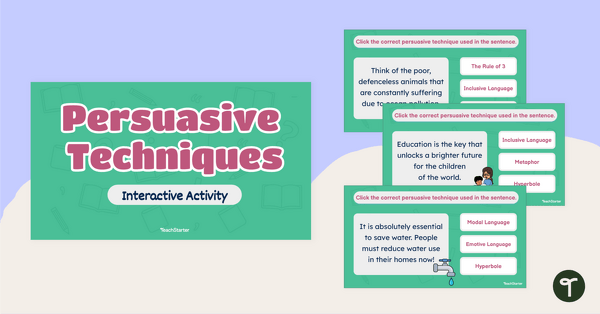
Persuasive Techniques Interactive Activity
Explore persuasive technique examples with your students using this digital game perfect for your persuasive writing lessons.
- Plus Plan
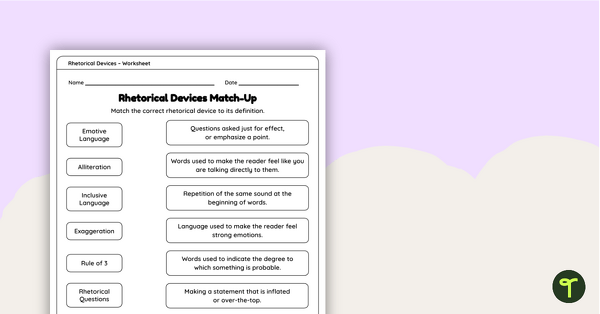
Rhetorical Device Definitions – Match-Up Worksheet
Have students match the rhetorical devices with their definitions using this simple one-page worksheet.
- Plus Plan
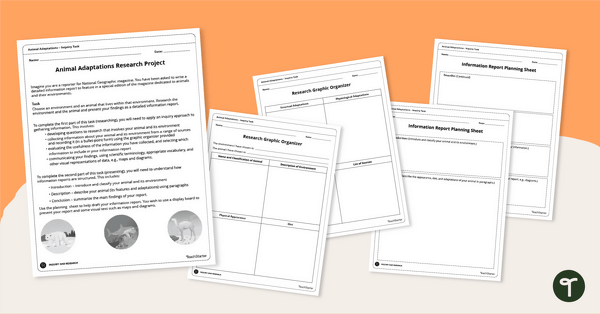
Animals That Adapt - Research Project & Report
Strengthen your students' understanding of conducting research with an Animal Adaptations research project.
- Plus Plan
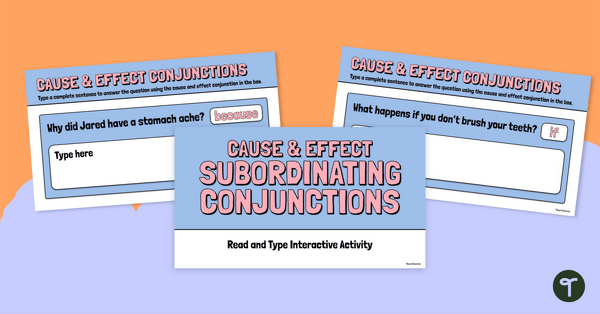
Subordinating Conjunctions (Cause and Effect) Interactive Activity
Use this interactive digital activity to help students identify cause and effect subordinating conjunctions, and construct sentences using this part of speech.
- Plus Plan
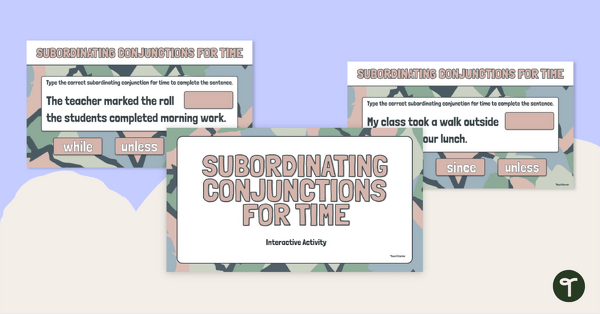
Subordinating Conjunctions (for Time) Interactive Activity
Assign this multiple choice subordinating conjunctions for time interactive activity for your students to correctly identify this type of conjunction in given sentences.
- Plus Plan
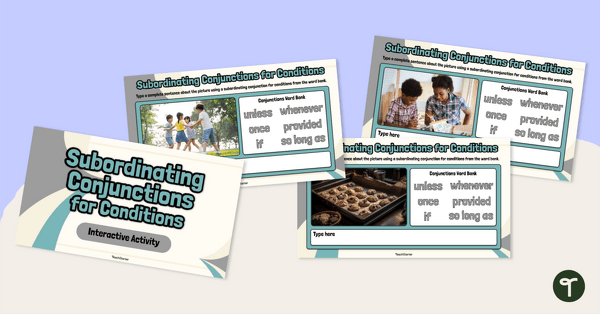
Subordinating Conjunctions (for Conditions) Interactive Activity
Use this interactive digital activity to help students identify conditional subordinating conjunctions, and construct sentences using this part of speech.
- Plus Plan
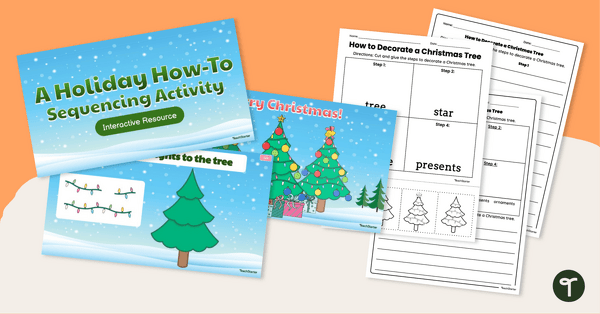
How to Decorate a Christmas Tree - Year 1 Procedural Writing
Practice sequencing and writing procedural texts with an interactive ‘How to Decorate a Christmas Tree’ slide deck and differentiated writing prompts for 1st grade.
- Plus Plan
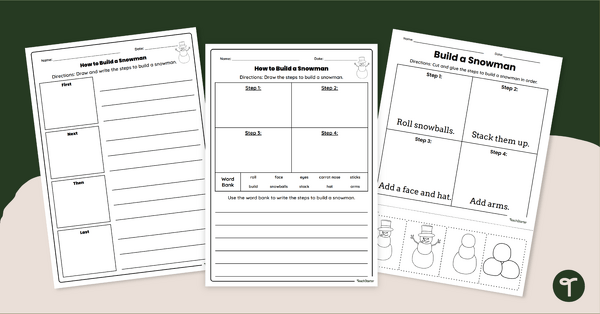
How to Build a Snowman - Procedural Writing Worksheets
Explain how to build a snowman with a pack of printable procedural writing worksheets
- Plus Plan
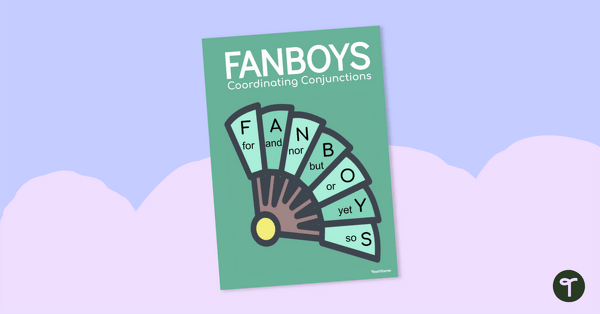
FANBOYS Poster for Teaching Coordinating Conjunctions
Display this grammar poster in your classroom to help students choose appropriate coordinating conjunctions using the acronym FANBOYS.
- Plus Plan
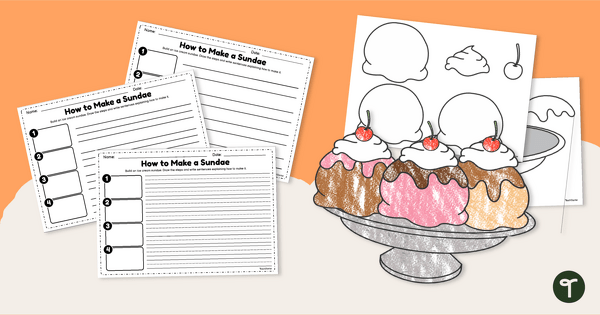
How to Make a Sundae - Informational Writing Craftivity
Inspire students to write informational text with a fun, summer-themed end-of-year writing assignment and craft.
- Plus Plan
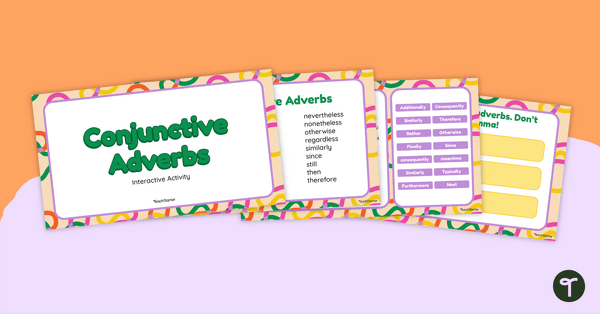
Conjunctive Adverb Interactive Activity
Use this engaging interactive activity in your classroom to teach students what conjunctive adverbs are and how to use them in their writing.
- Plus Plan
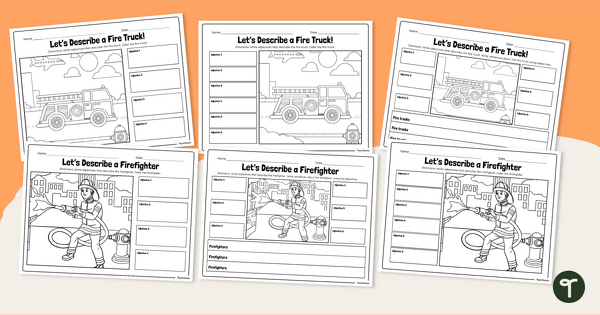
Firefighters and Fire Trucks Worksheet Pack - Adjectives
Describe firefighters and fire trucks using descriptive adjectives with a set of printable Community Helper worksheets for Kindergarten.
- Plus Plan
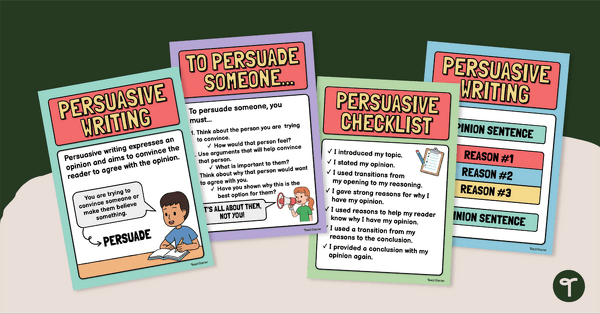
Persuasive Writing Poster Set
Display this set of persuasive posters for students to use as a guide during your persuasive writing units.
- Plus Plan
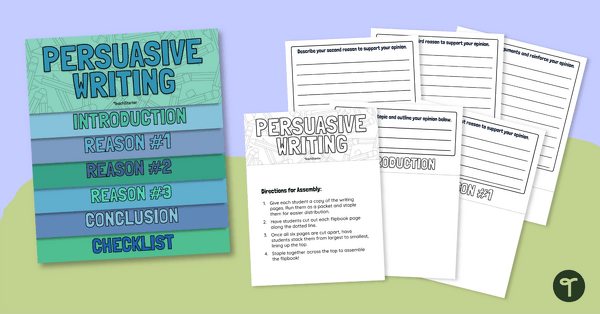
Persuasive Writing Planning Flipbook
Explore the persuasive writing structure in this engaging persuasive writing flipbook.
- Plus Plan
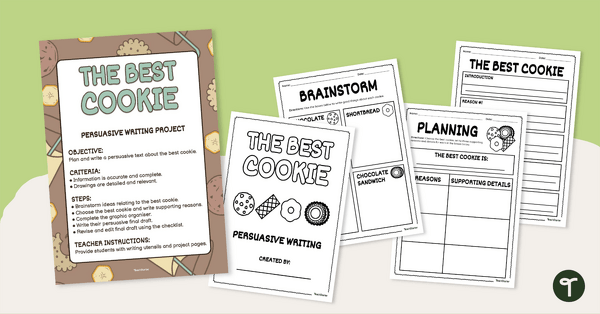
Persuasive Writing Project (The Best Cookie)
Help students plan out persuasive writing with this ‘The Best Cookie’ persuasive writing project.
- Plus Plan
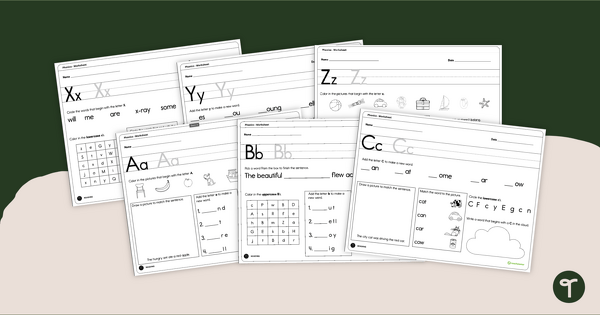
Letters A–Z Printable ABC Worksheets
Learn the letters of the alphabet and their sounds with printable ABC worksheets
- Plus Plan
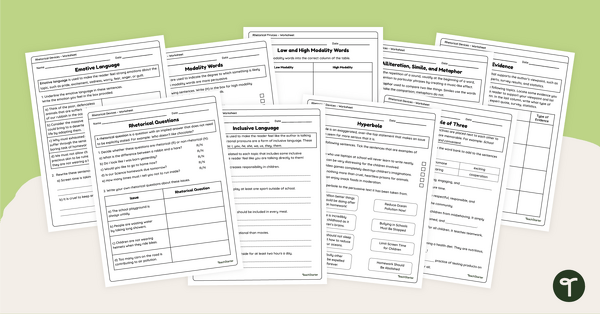
Persuasive Techniques Worksheet Pack
Explore persuasive techniques with your students using this nine-page worksheet pack perfect for your persuasive writing unit.
- Plus Plan

PEEL Paragraph Structure Poster and Worksheets
Explore the acronym PEEL to help with paragraph technique during opinion writing lessons.
- Plus Plan
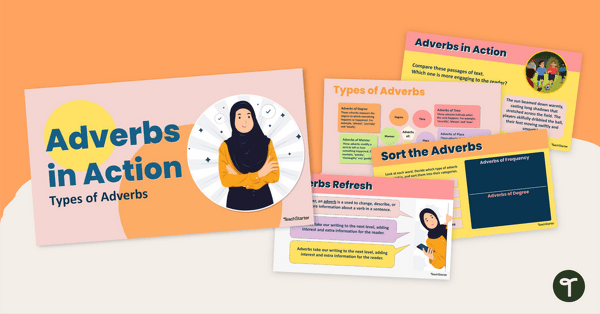
Types of Adverbs Teaching Slides
Explore five types of adverbs in this action-packed adverb adventure teaching slide deck! This resource covers adverbs of time, place, manner, frequency and degree.
- Free Plan

Color by Parts of Speech Worksheet – Chameleon
Practice identifying different parts of speech with this fun color-by-code worksheet.
- Plus Plan
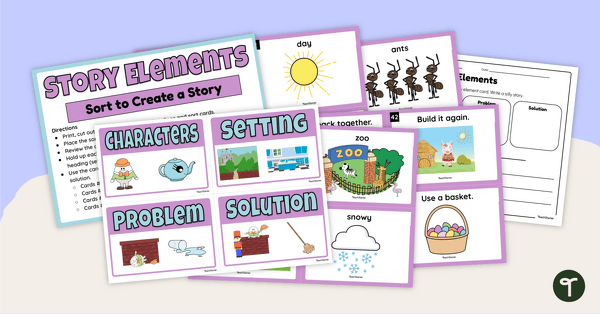
Create a Silly Story – Sorting Activity
Explore story characters, settings, problems and solutions by creating a silly story!
- Plus Plan
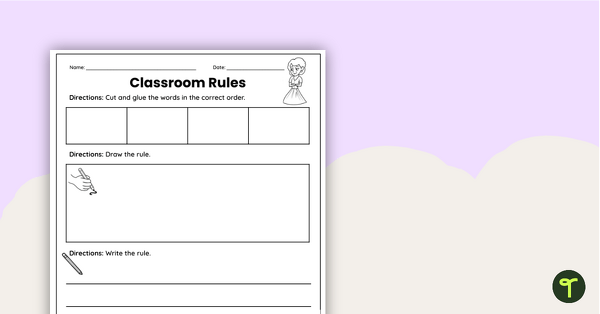
Classroom Rules Writing Prompt Pack
Teach classroom rules and procedures and review early writing skills with Classroom Rule Writing Worksheets for primary grades.
- Plus Plan
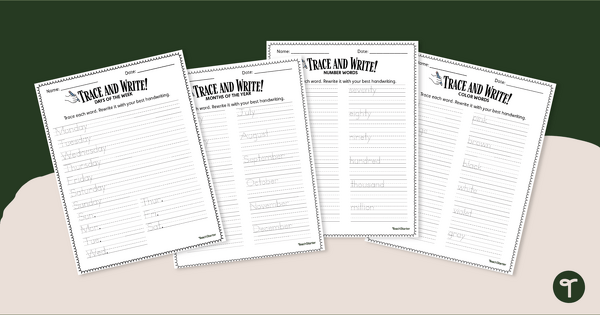
Handwriting Practice Sheets - Colors, Numbers, Days and Months
Practice printing skills with a pack of printable handwriting worksheets.
- Plus Plan
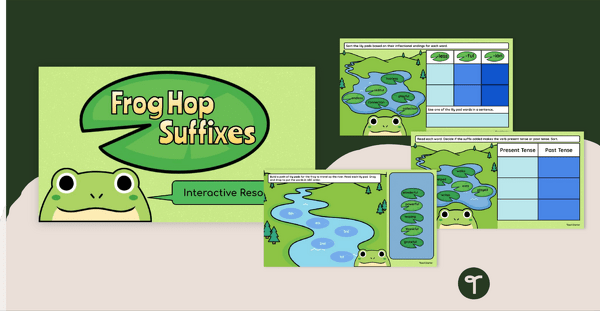
Frog Hop Suffixes - Interactive Grammar Review
Review knowledge of suffixes with a fun frog-themed Google Slides Interactive review activity.
- Plus Plan

Everyday Grammar Parts of Speech Warm-Ups – Grades 3 and 4
A 39-slide editable PowerPoint to use when reviewing parts of speech with your students.
- Free Plan
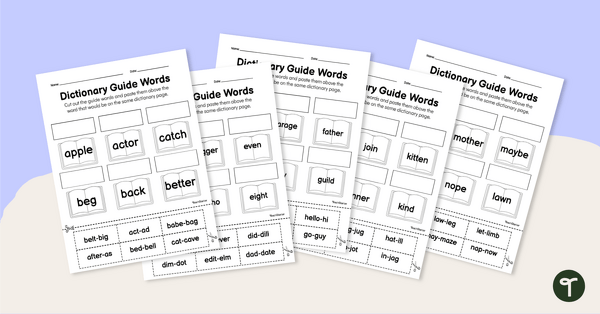
Dictionary Guide Words Cut and Paste
Cut and paste to work out what guide words go with each of these words found in the dictionary.
- Plus Plan
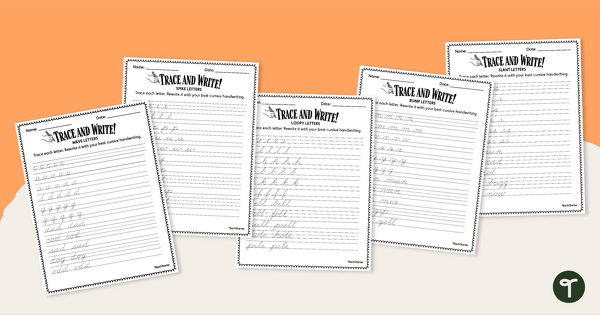
Cursive Worksheets — Cursive Letter Families
Trace and write cursive letters with a pack of Cursive Letter Family worksheets.
- Free Plan
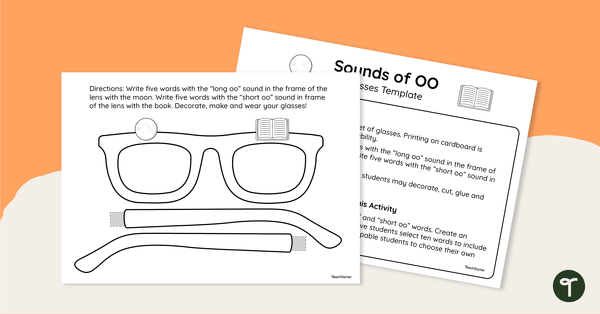
Sounds of OO - Glasses Template
Review the long and short “oo” sound by creating a pair of “sOOper” funky glasses!
- Plus Plan

Opinion Writing Teaching Slides
Teach your students about the structure and language features of opinion texts with an interactive teaching slide deck.
- Plus Plan
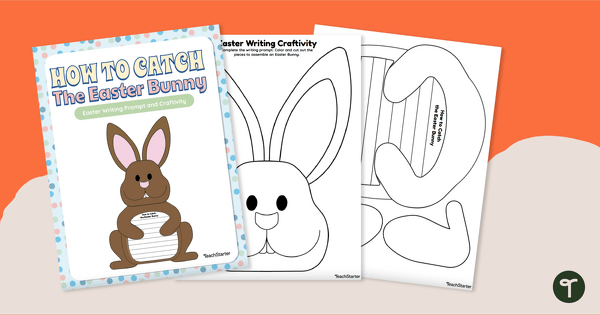
Easter Craft – How to Catch the Easter Bunny
Show off your students’ writing skills this spring with a “How to Catch the Easter Bunny” craft activity.
- Free Plan
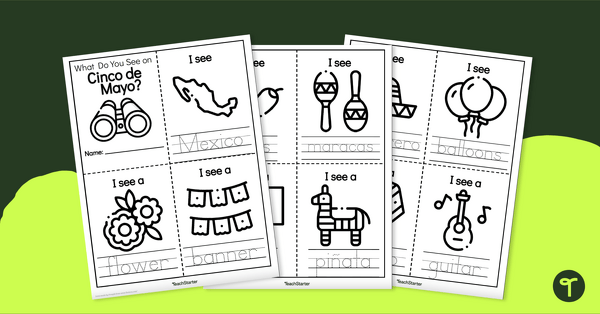
Cinco De Mayo Mini Book
Help your kindergarten students learn and write about Cinco de Mayo with a printable mini-book.
- Plus Plan
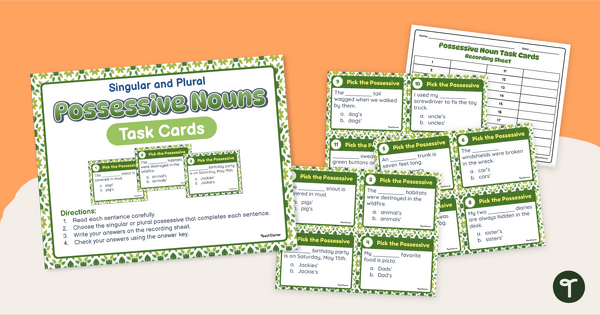
Singular and Plural Possessives Task Cards
Practice writing phrases using the correct singular or plural possessive noun with a set of task cards.